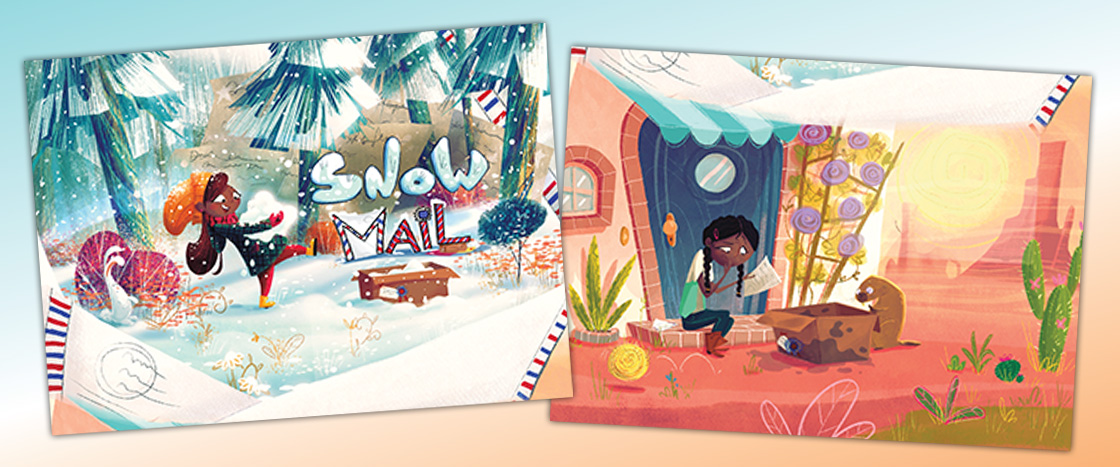My cousin’s my pen pal. We write back and forth.
My home’s in the south and she lives way up north.
The winter is windy and white in her town.
All season it’s freezing, with snow swirling down.
She says when her city is coated in snow,
the nights are enchanting, with lights all aglow.
The snow sounds intriguing! I wish I could see.
I asked her if maybe she’d send some to me.
She told me she boxed up some snowballs and hail,
and shipped me the parcel last week in the mail.
I’m pondering now . . . did my cousin forget?
Her package arrived, but was empty.
And wet.

